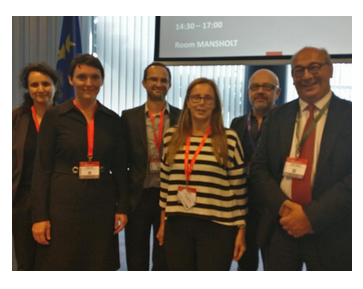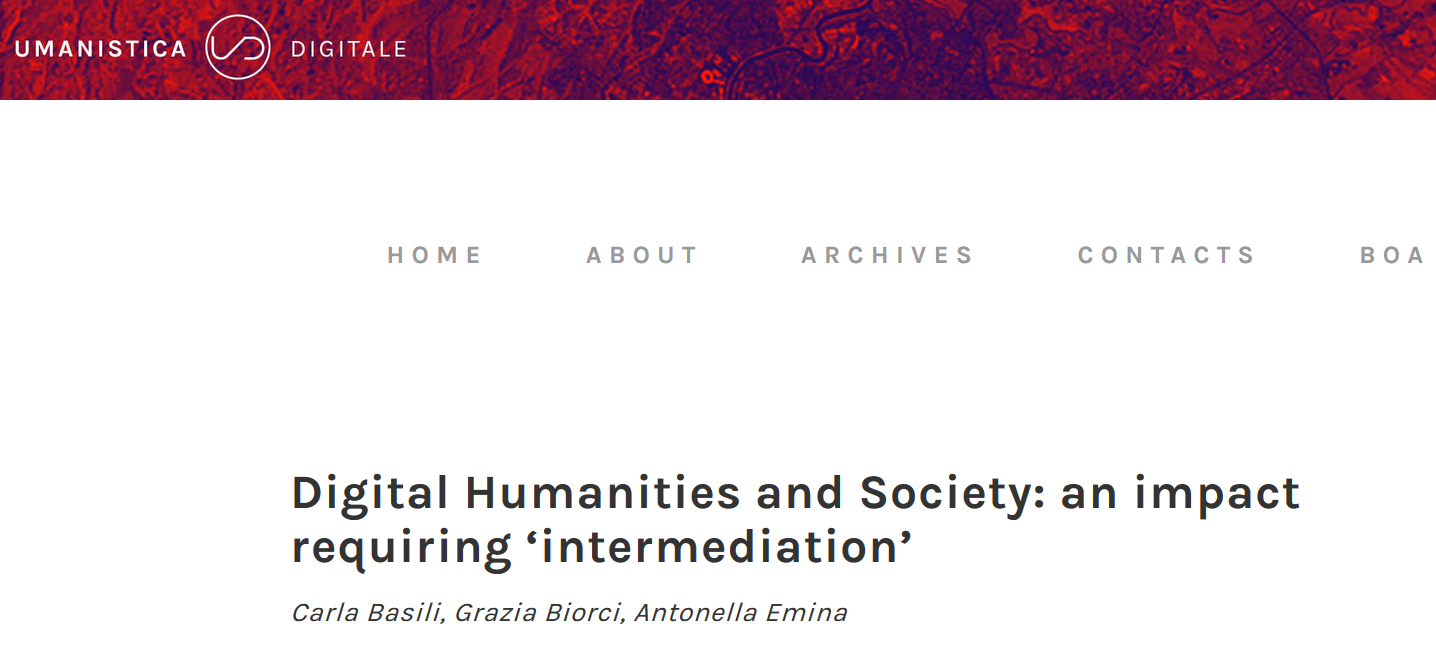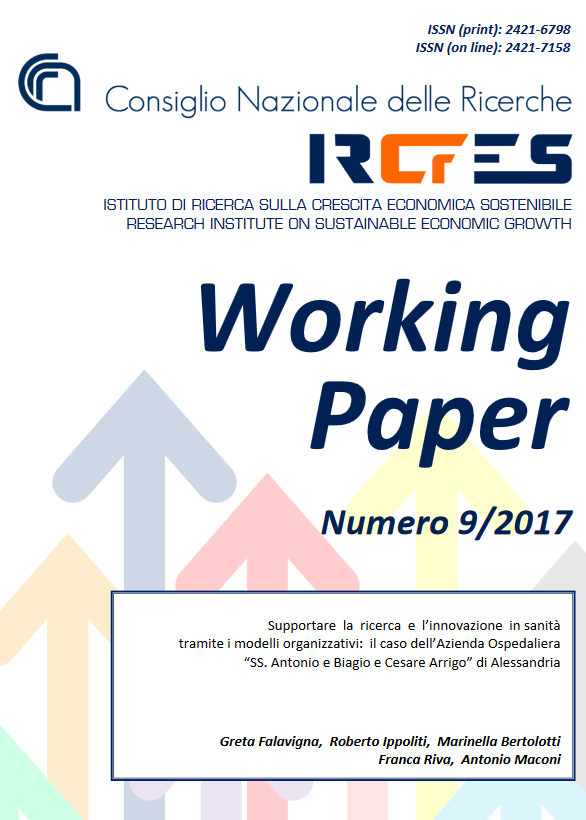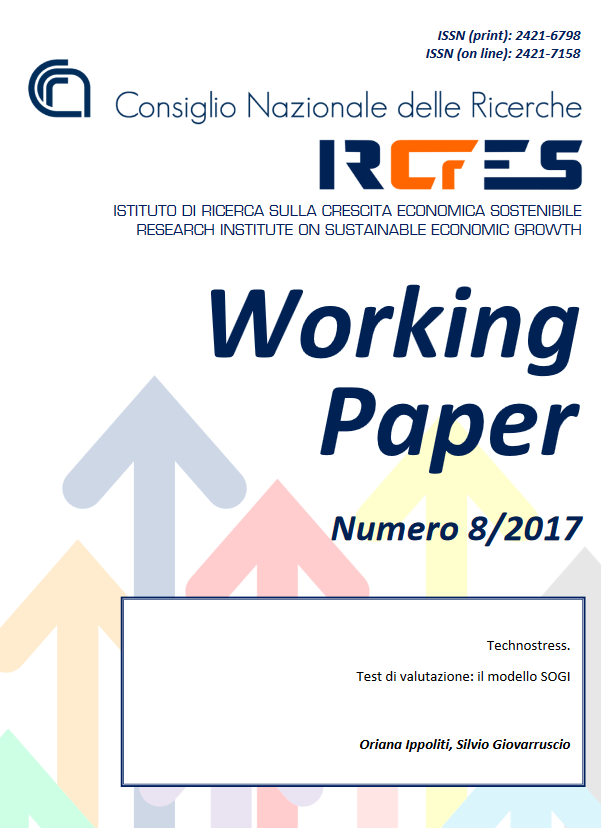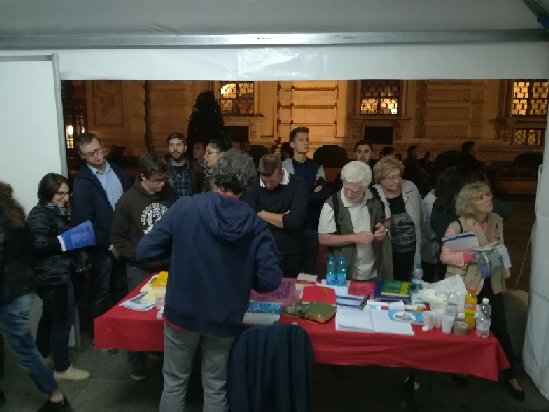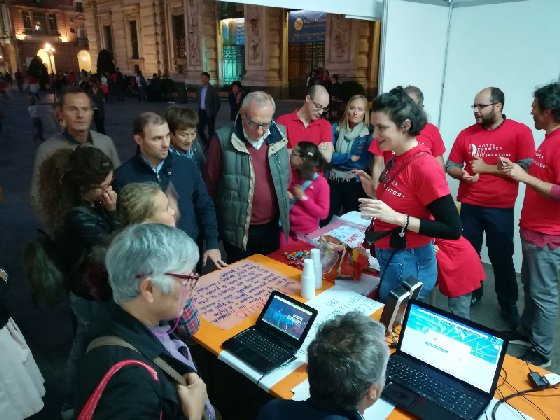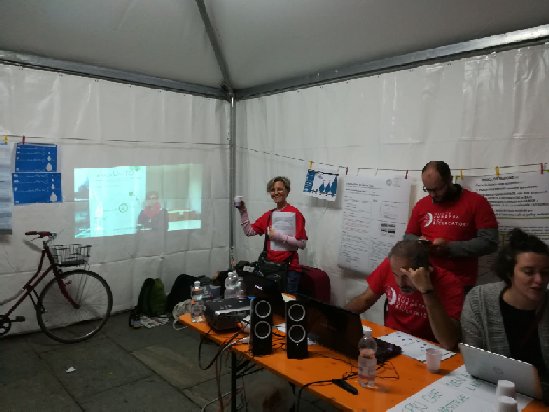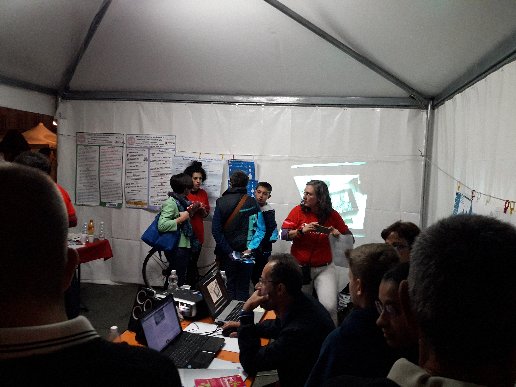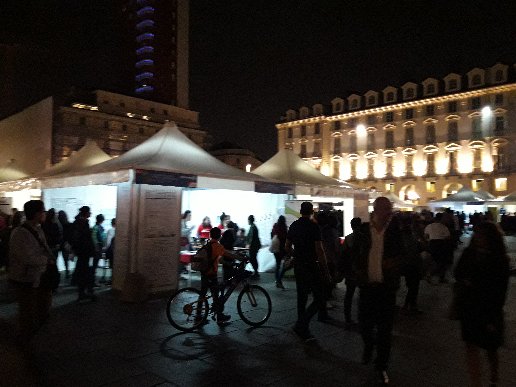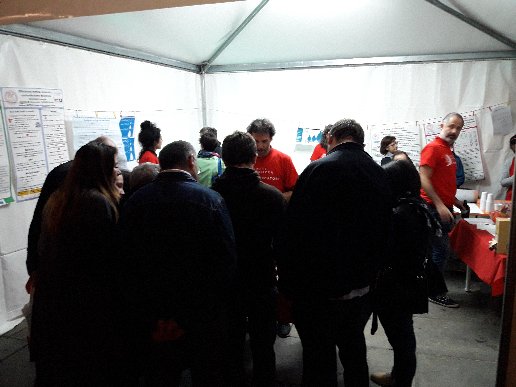Counterfactual Methods for Regional and Urban Policy Evaluation – Pictures

Prof. Guido Pellegrini
European Week of Regions and Cities 2017
11 October 2017
Eu Regions Week 2017 #EURegionsWeek
Belgium – Brussels – October 2017
© EU/UE
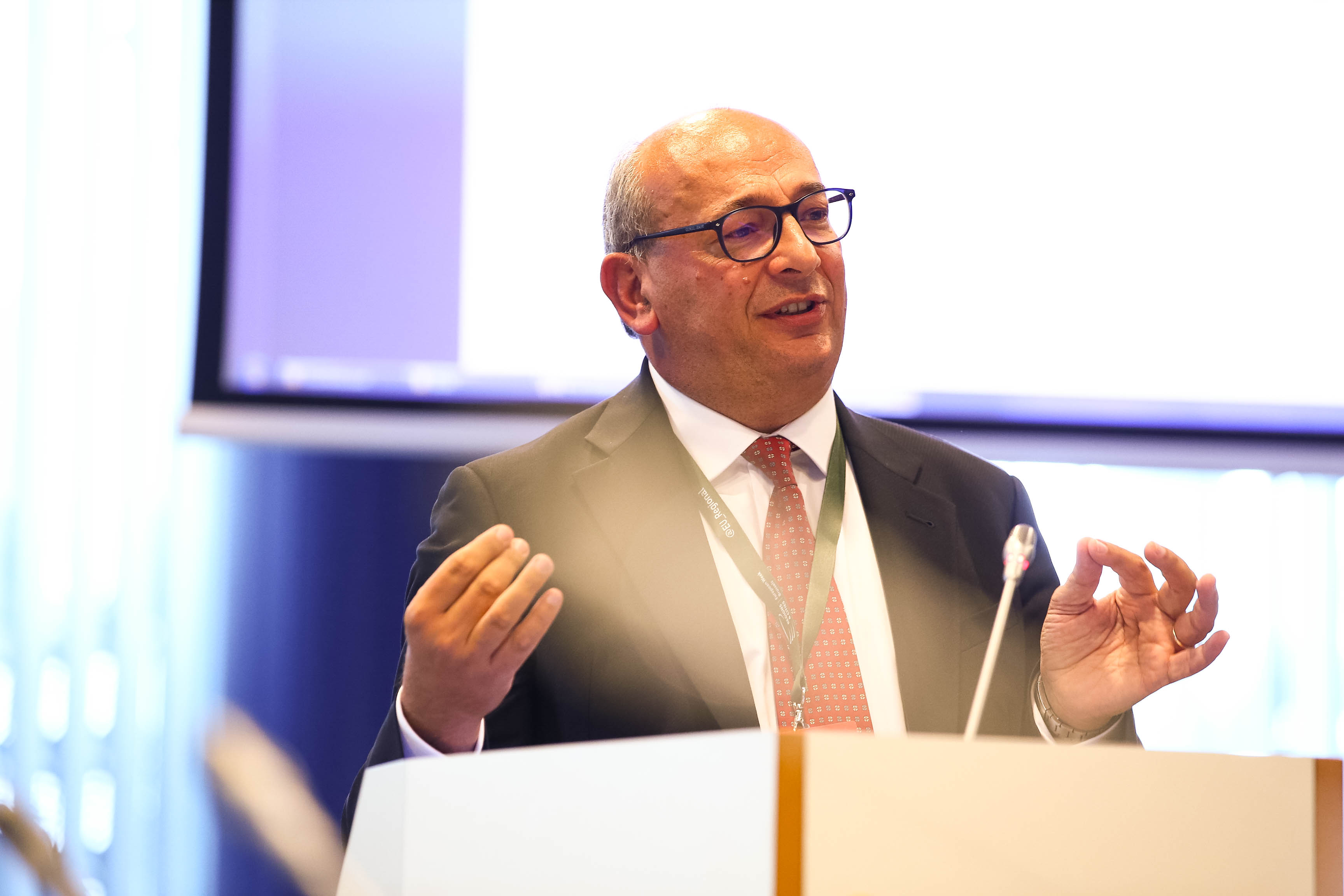
Prof. Guido Pellegrini
European Week of Regions and Cities 2017
11 October 2017
Eu Regions Week 2017 #EURegionsWeek
Belgium – Brussels – October 2017
© EU/UE
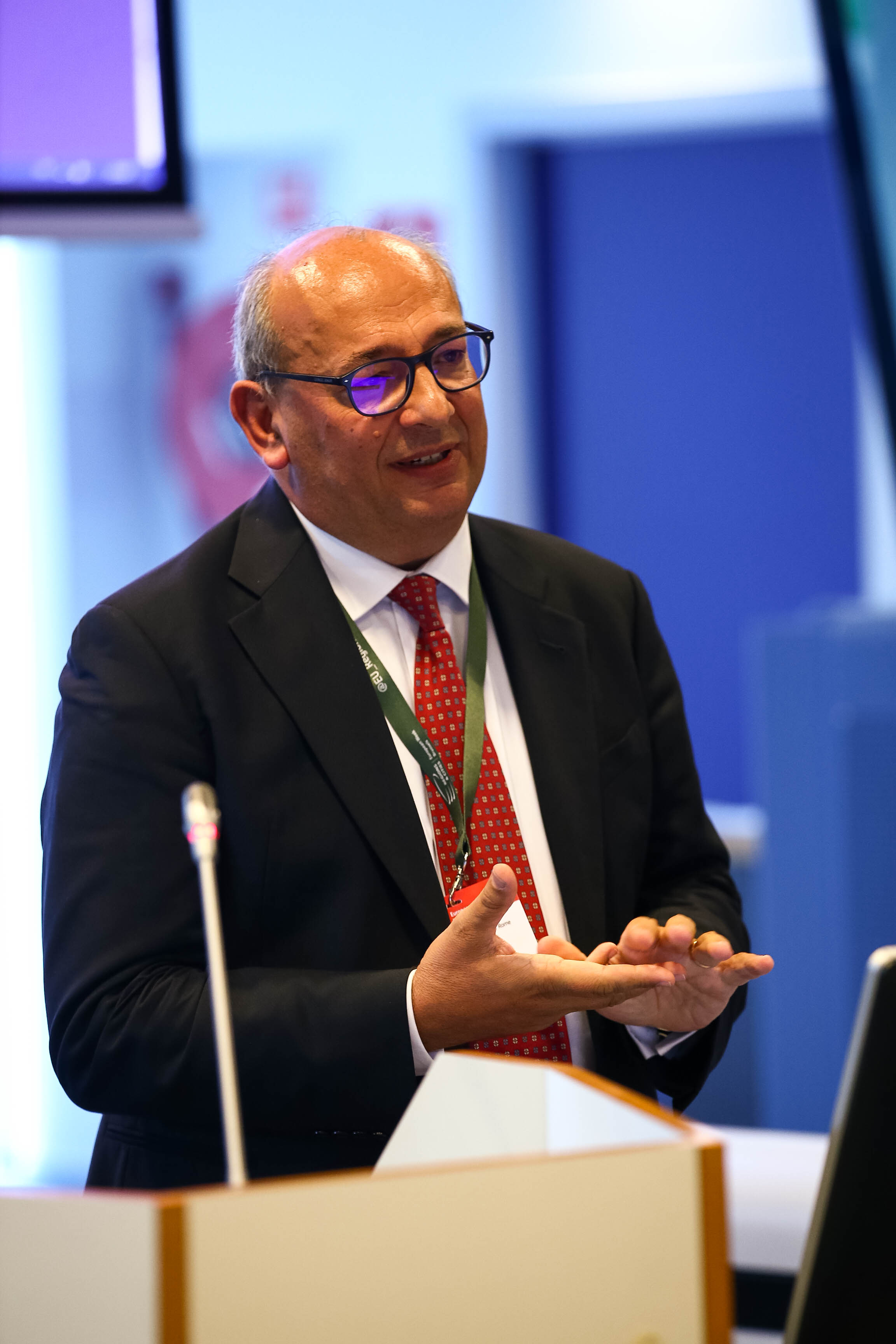
Prof. Guido Pellegrini
European Week of Regions and Cities 2017
11 October 2017
Eu Regions Week 2017 #EURegionsWeek
Belgium – Brussels – October 2017
© EU/UE

dott. Lionel Védrine
European Week of Regions and Cities 2017
11 October 2017
Eu Regions Week 2017 #EURegionsWeek
Belgium – Brussels – October 2017
© EU/UE
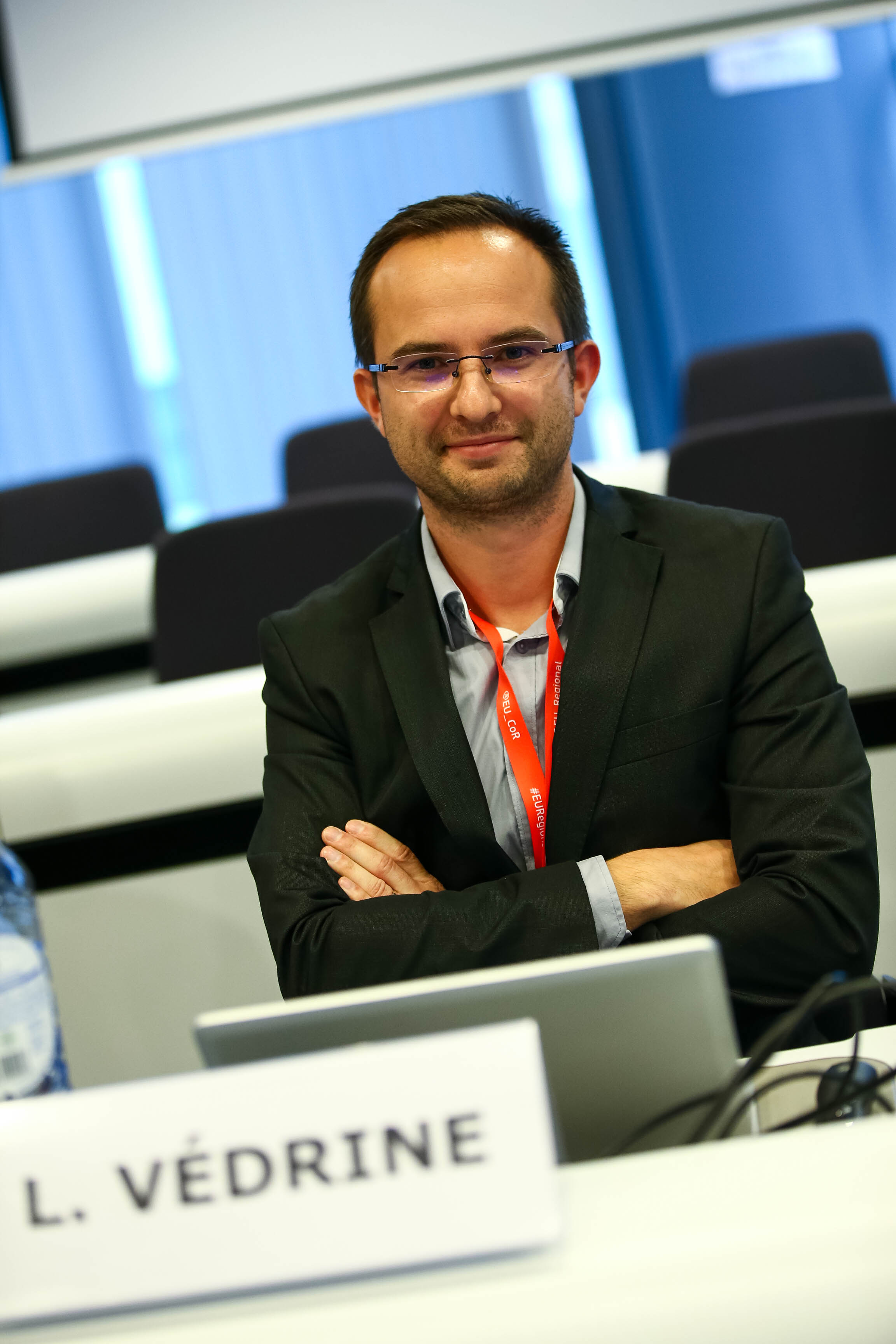
dott. Lionel Védrine
European Week of Regions and Cities 2017
11 October 2017
Eu Regions Week 2017 #EURegionsWeek
Belgium – Brussels – October 2017
© EU/UE
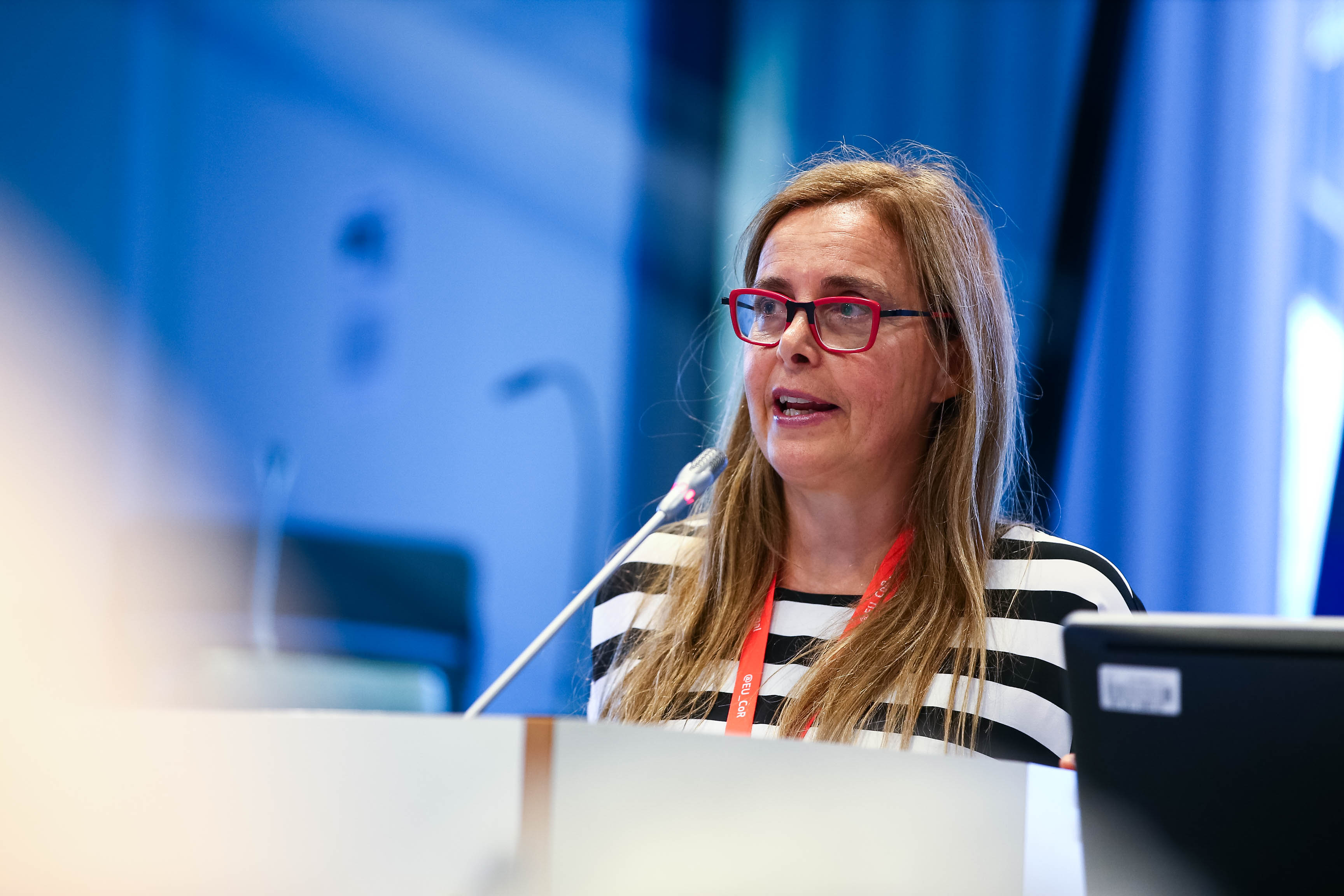
Dott.ssa Elena Ragazzi
European Week of Regions and Cities 2017
11 October 2017
Eu Regions Week 2017 #EURegionsWeek
Belgium – Brussels – October 2017
© EU/UE
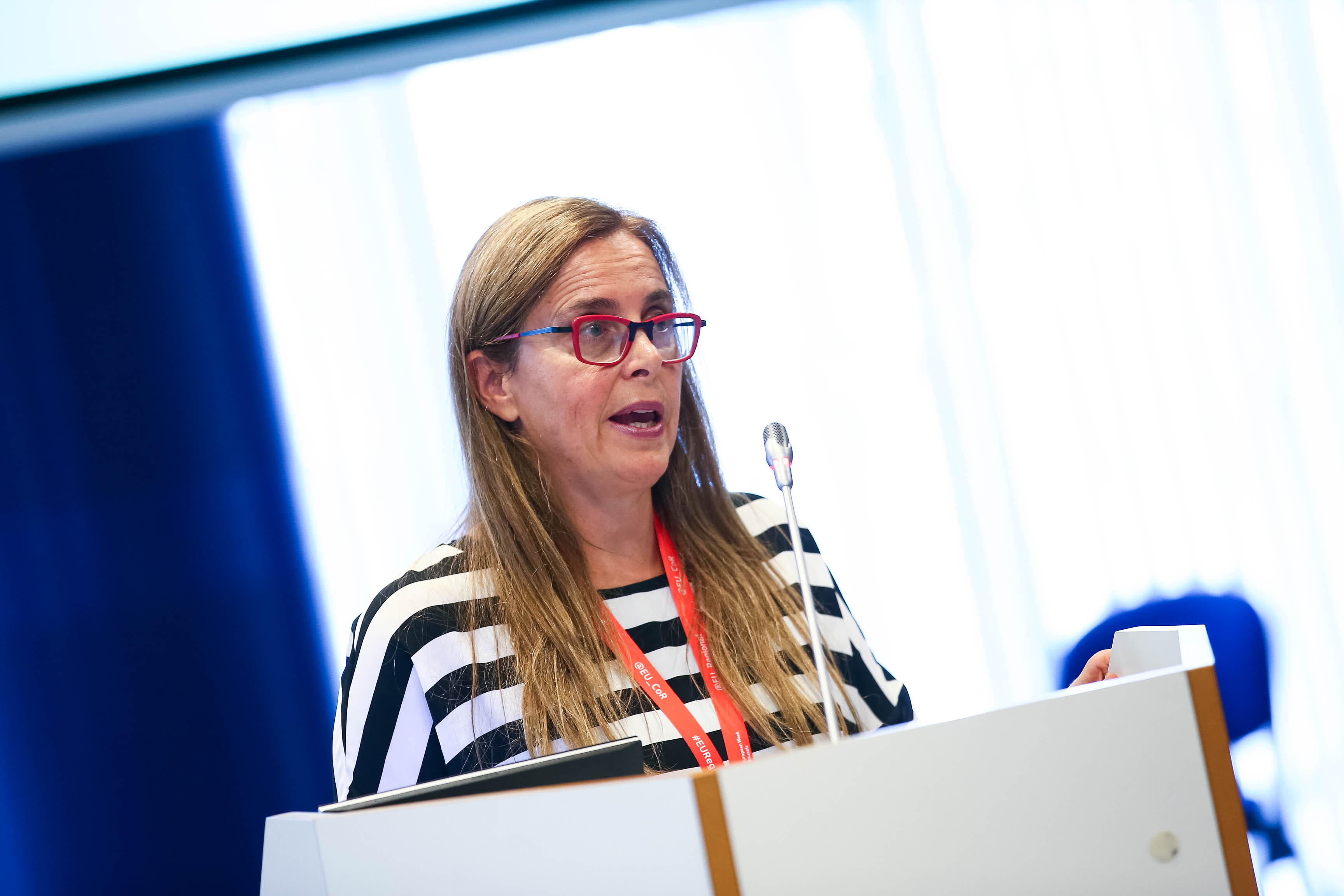
Dott.ssa Elena Ragazzi
11 October 2017
Eu Regions Week 2017 #EURegionsWeek
Belgium – Brussels – October 2017
© EU/UE
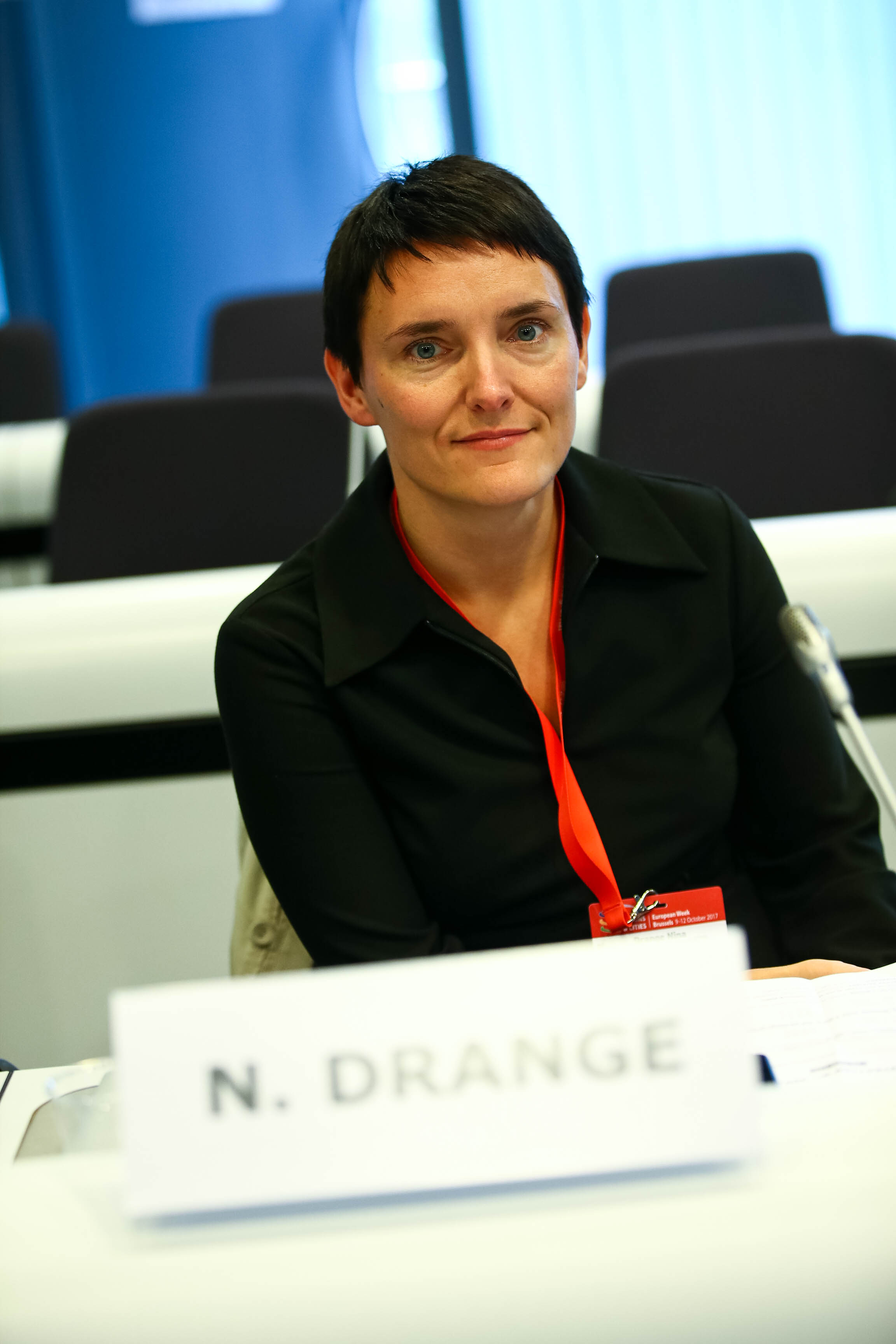
dott.ssa Nina Drange
European Week of Regions and Cities 2017
11 October 2017
Eu Regions Week 2017 #EURegionsWeek
Belgium – Brussels – October 2017
© EU/UE
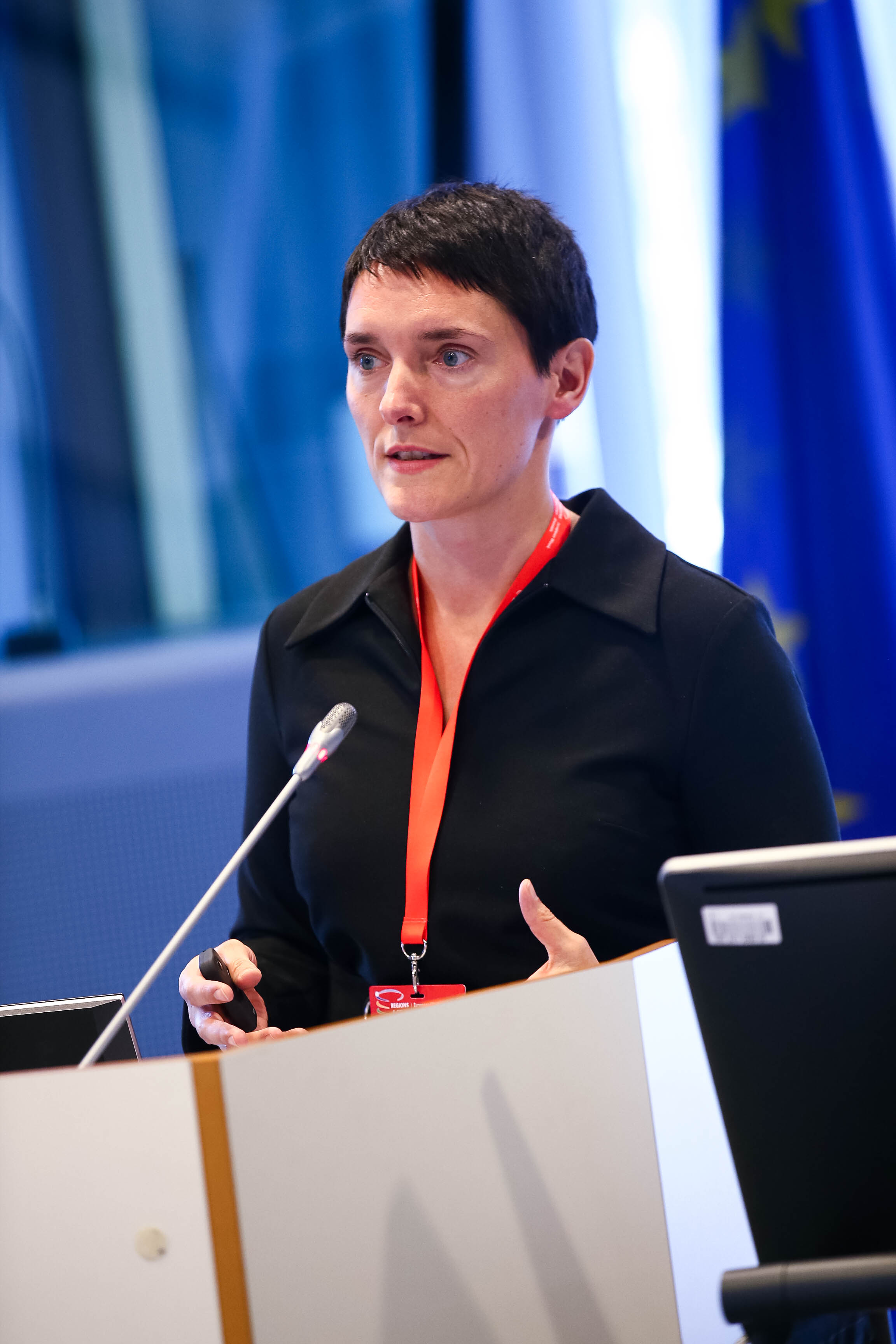
Dott.ssa Nina Drange
European Week of Regions and Cities 2017
11 October 2017
Eu Regions Week 2017 #EURegionsWeek
Belgium – Brussels – October 2017
© EU/UE
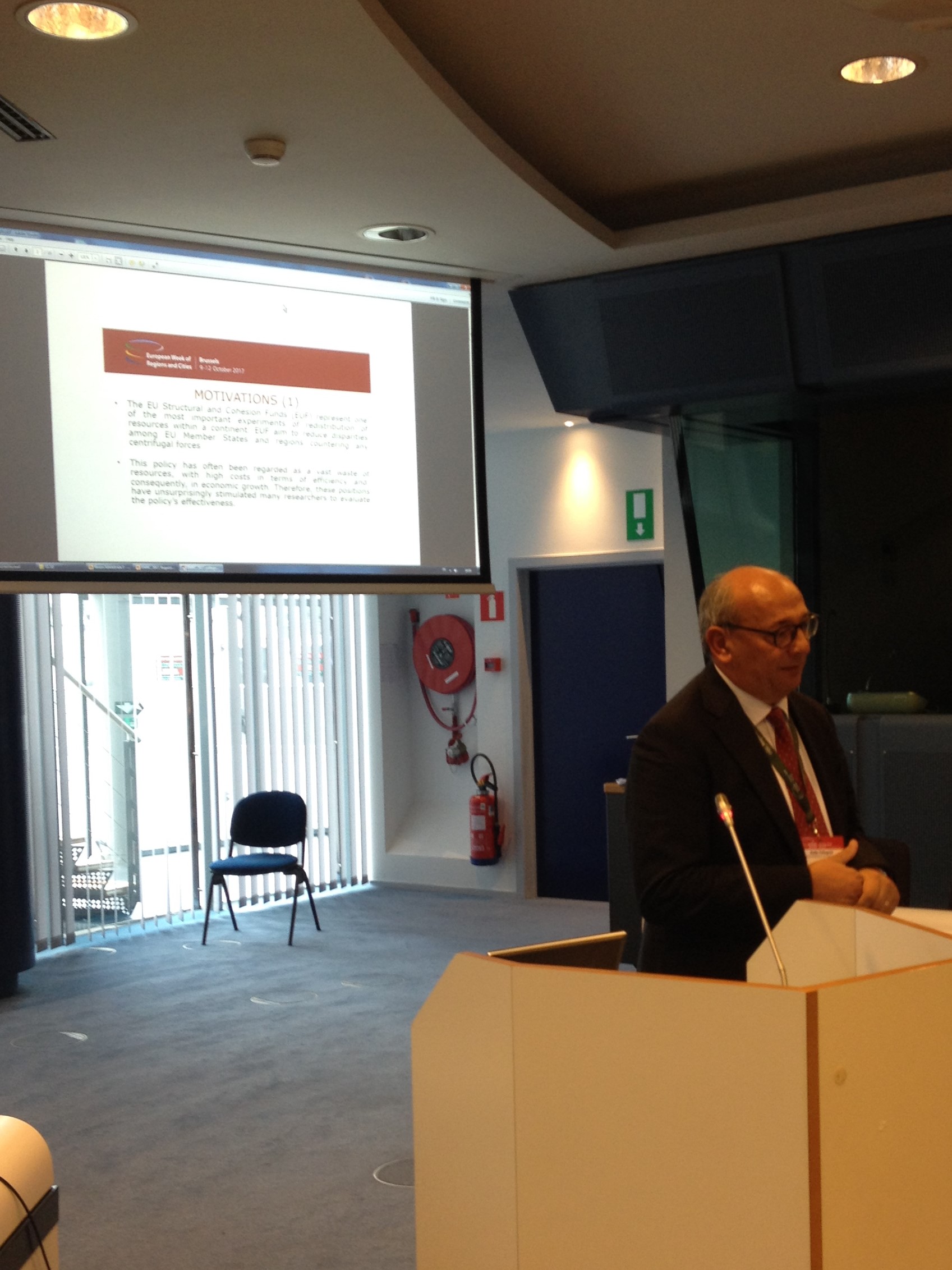 Prof. Guido Pellegrini
Prof. Guido Pellegrini
European Week of Regions and Cities 2017
11 October 2017
Belgium – Brussels – October 2017
 Dott.ssa Elena Ragazzi
Dott.ssa Elena Ragazzi
European Week of Regions and Cities 2017
11 October 2017
Belgium – Brussels – October 2017
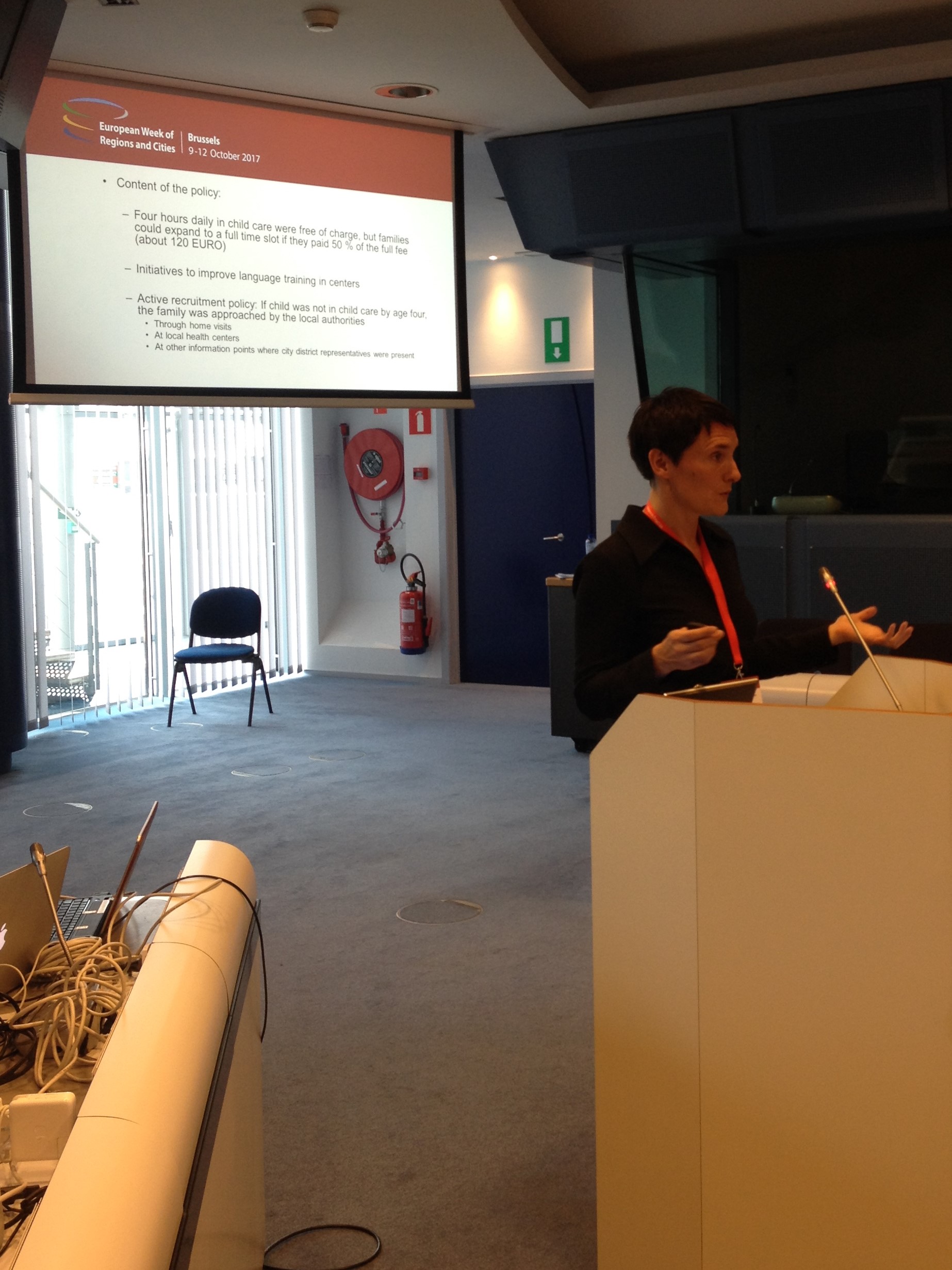 Dott.ssa Nina Drange
Dott.ssa Nina Drange
European Week of Regions and Cities 2017
11 October 2017
Belgium – Brussels – October 2017
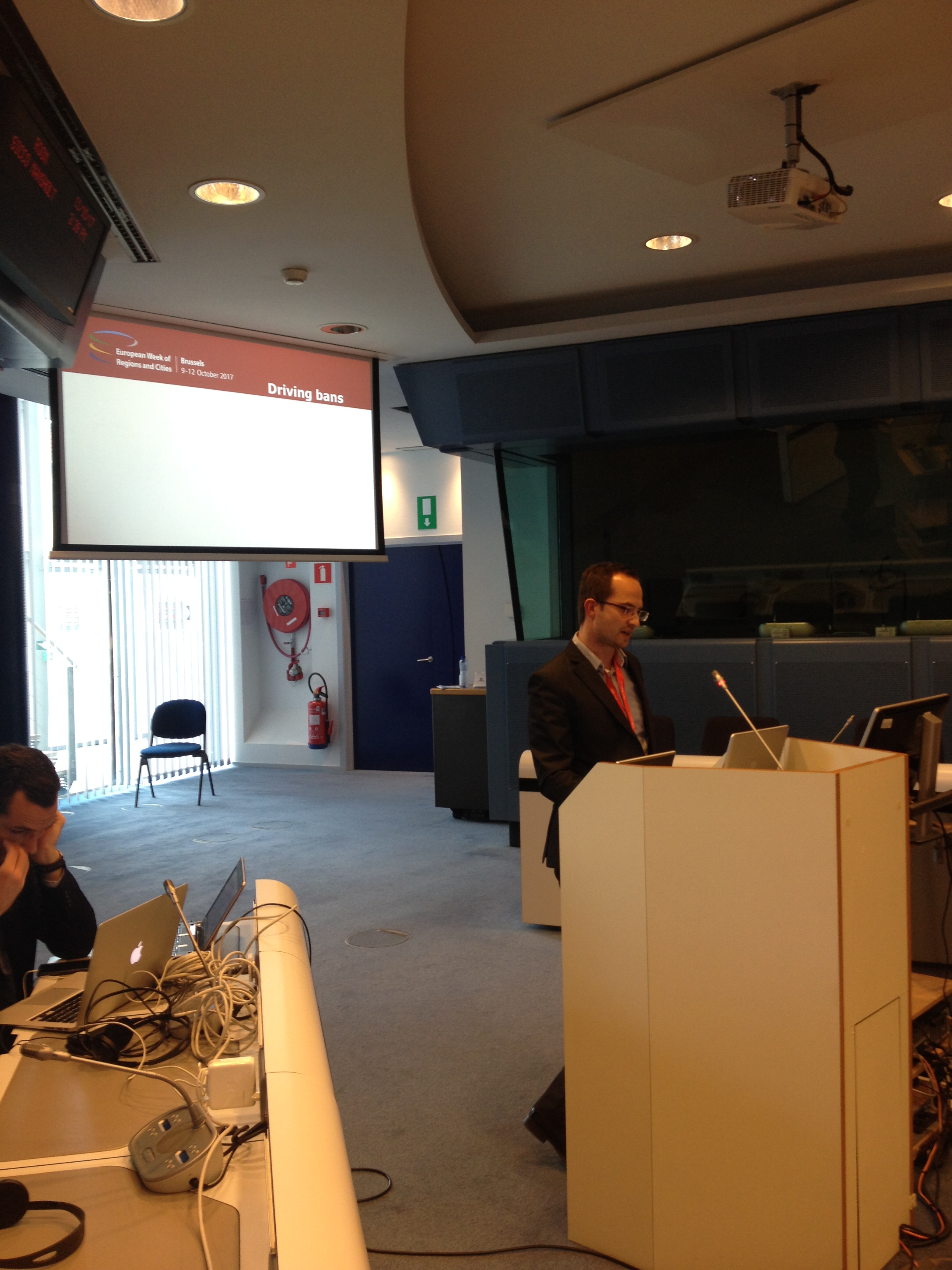 dott. Lionel Védrine
dott. Lionel Védrine
European Week of Regions and Cities 2017
11 October 2017
Belgium – Brussels – October 2017
 European Week of Regions and Cities 2017
European Week of Regions and Cities 2017
11 October 2017
Belgium – Brussels – October 2017


